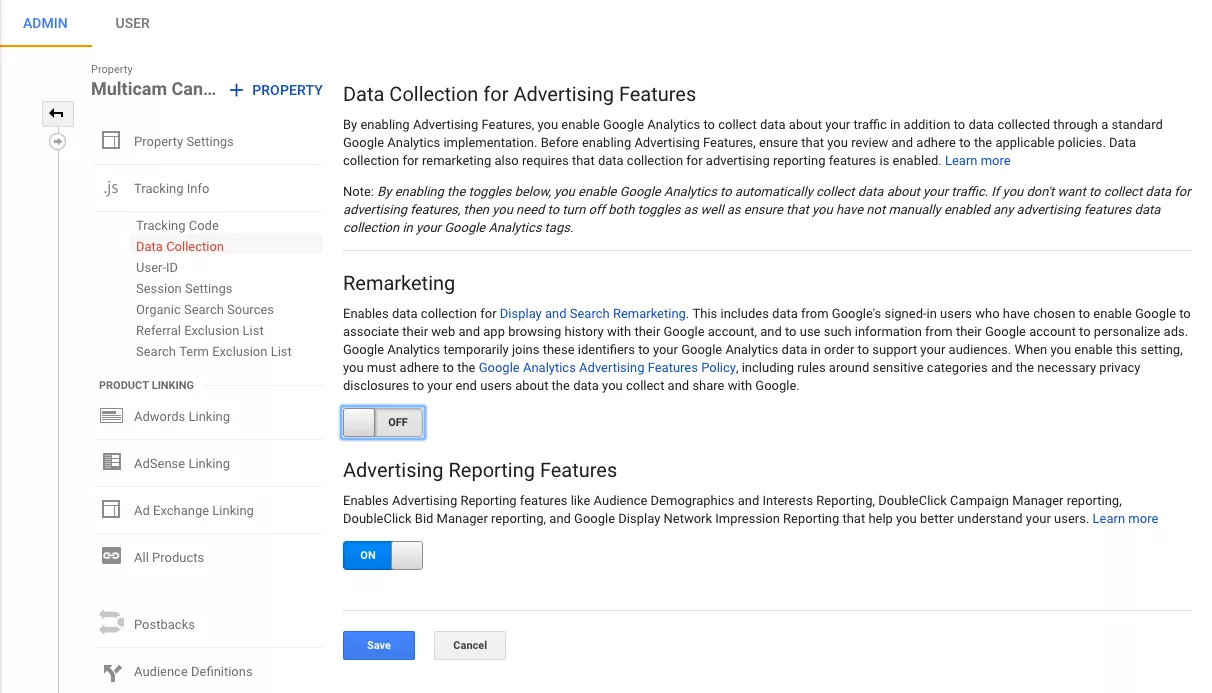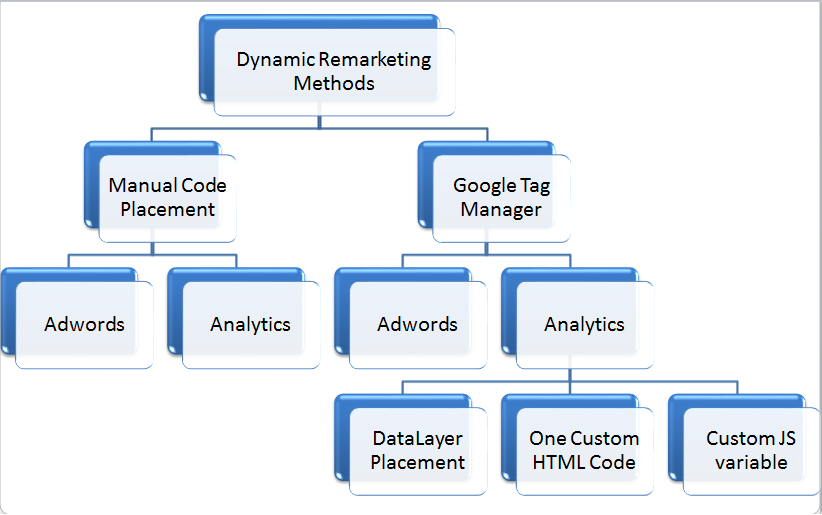How to Leverage Remarketing In Google Analytics for Your Business
How to Leverage Remarketing In Google Analytics for Your Business
Blog Article
Optimize Your ROI With Remarketing in Google Analytics
In the realm of digital advertising, the use of remarketing techniques within Google Analytics has proven to be a powerful tool for enhancing return on financial investment. By using the power of individual data and customizing advertisements to details audience sections, services can dramatically magnify their conversion prices. The genuine essential lies in the art of precision - comprehending user behavior, crafting engaging ads, and continually refining methods to drive optimal outcomes. The journey to maximizing ROI through remarketing is a nuanced path paved with insights and chances that can improve the trajectory of your advertising and marketing ventures.
Recognizing Remarketing in Google Analytics
Recognizing remarketing in Google Analytics is essential for enhancing your electronic marketing technique. Remarketing enables you to target individuals that have previously seen your website or engaged with your application, providing them with tailored advertisements as they browse other websites or make use of other applications within the Google Display Network. This strategy helps maintain your brand name top of mind and motivates customers to return to your site, eventually enhancing the chance of conversion.
By using Google Analytics, you can track the efficiency of your remarketing projects, obtaining beneficial understandings right into user habits, interaction, and conversions. This information allows you to refine your messaging, bidding, and targeting approaches to improve the general performance of your projects.
Moreover, comprehending the various kinds of remarketing listings readily available in Google Analytics, such as conventional, vibrant, and similar target markets, enables you to produce individualized and highly fractional projects tailored to specific individual segments. This degree of granularity can dramatically improve the relevance and effect of your remarketing initiatives, eventually optimizing your roi.
Establishing Up Remarketing Listings
To effectively implement remarketing projects in Google Analytics, the first action includes setting up and producing remarketing checklists targeting specific customer sectors based on their communications with your web site or app. By establishing remarketing lists, you can customize your advertising efforts to reach customers that have actually currently shown interest in your solutions or items.
To start, navigate to the Admin section of your Google Analytics account and choose the Residential or commercial property where you want to develop the remarketing list. After that, under the Property column, click 'Target market Definitions' and pick 'Target markets.' Next off, click the red 'New Audience' switch and pick 'Create New' to specify the criteria for your remarketing checklist.

Crafting Efficient Remarketing Ads

When crafting your ads, concentrate on creating eye-catching headings and engaging visuals that attract attention to potential clients. Integrate strong calls-to-action that motivate customers to revisit your website and complete a preferred action. Utilize dynamic remarketing to reveal individualized advertisements featuring services or products that customers have actually previously watched on your website.
Additionally, make certain that your advertisements are mobile-friendly given that a considerable portion of internet traffic comes from smart phones. Test different ad variants to recognize which messages and styles drive the very best results. By continually refining and maximizing your remarketing ads based upon performance information, you can maximize their efficiency and enhance your roi.
Studying Remarketing Performance

Through Google Analytics, marketing experts can track the performance of their remarketing campaigns in real-time, permitting them to identify patterns, patterns, and locations for enhancement immediately. By examining the data, marketing professionals can establish which ads are doing well, which audience sections are responding positively, and which networks are driving the most conversions. This level of granularity enables marketing experts to make data-driven choices to optimize their remarketing advocate much better results.
Optimizing ROI With Remarketing
Evaluating remarketing data in Google Analytics makes it possible for marketers to pinpoint opportunities for maximizing roi (ROI) with tactical changes - What Is “Remarketing” In Google Analytics?. To make the most of ROI with remarketing, it is critical to understand the habits of your target market. By analyzing user communications, such as the web pages they saw, the products they saw, or the activities they tackled your website, you can tailor your remarketing projects a lot more properly
Segmenting your target market based upon their habits permits you to produce customized and targeted ads that are a lot more likely to discover this info here resonate with them. By revealing appropriate ads to particular segments of your target market, you can increase the chances of conversion and ultimately enhance your ROI.
Moreover, checking various ad creatives, messaging, and offers can aid determine what resonates best with your target market. A/B screening allows you to try out different elements of your ads to determine what drives the highest interaction and conversion rates.
Conclusion
To conclude, making the most of ROI with remarketing in Google Analytics requires a strategic approach to analyzing user behavior, segmenting target markets, developing customized ads, and optimizing campaign efficiency. By leveraging data-driven insights and evaluating different approaches, organizations can boost their remarketing efforts to drive higher engagement and conversion rates. This organized technique guarantees that sources are effectively assigned in the direction of optimizing returns on investment in remarketing campaigns.
Next off, click on the red 'New Audience' button and pick 'Produce New' to define the criteria for your remarketing listing.
By continually refining and enhancing your remarketing ads based on efficiency data, you can optimize their effectiveness and boost your return on financial investment.
By diving right into these insights, marketers can obtain a detailed understanding of just how their remarketing efforts are reverberating with their target audience and driving conversions. To maximize ROI her response with remarketing, it is critical to comprehend the behavior of your audience.In final thought, maximizing ROI with remarketing in Google Analytics calls for a tactical approach to examining user behavior, segmenting target markets, producing tailored ads, and optimizing project efficiency.
Report this page